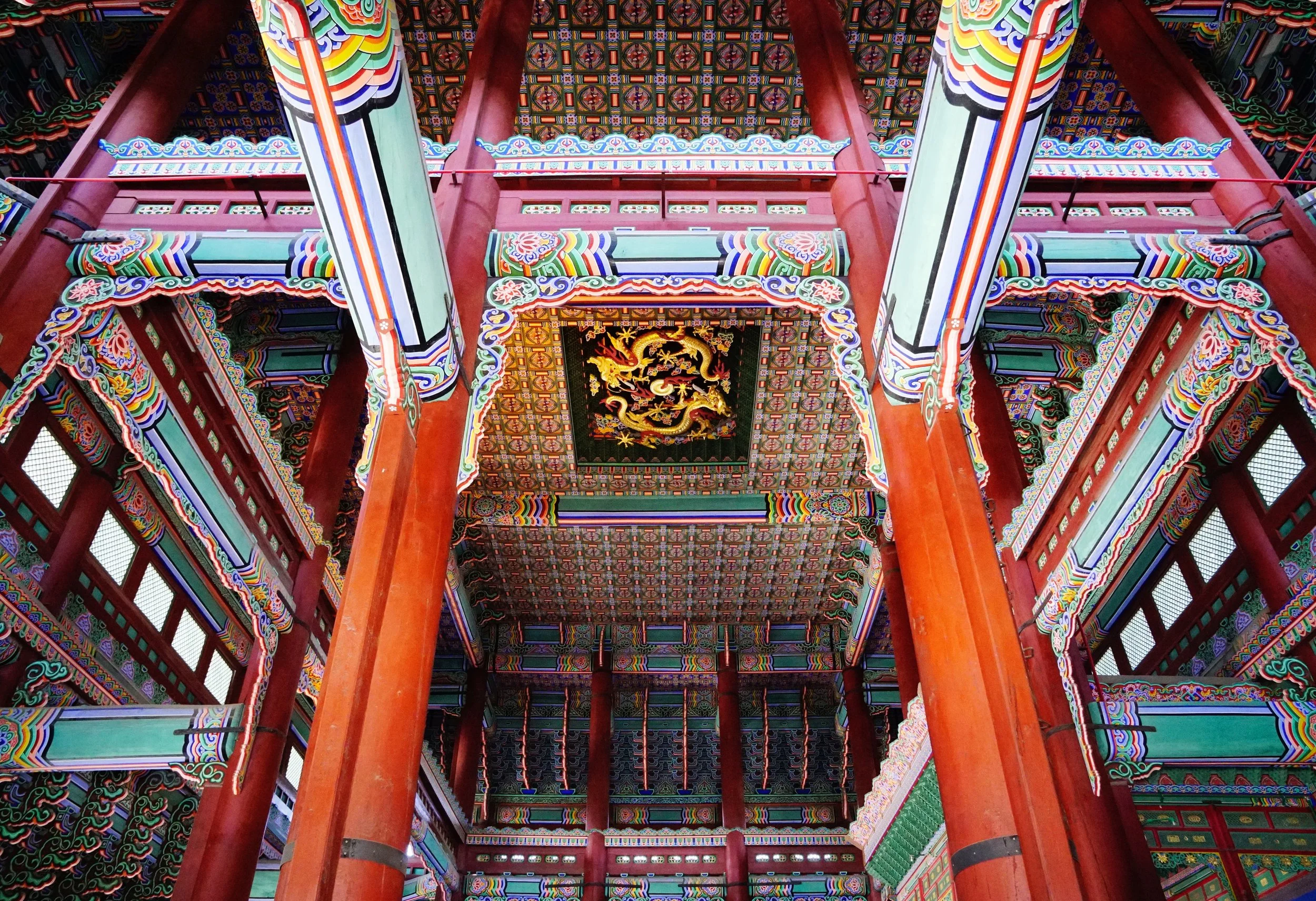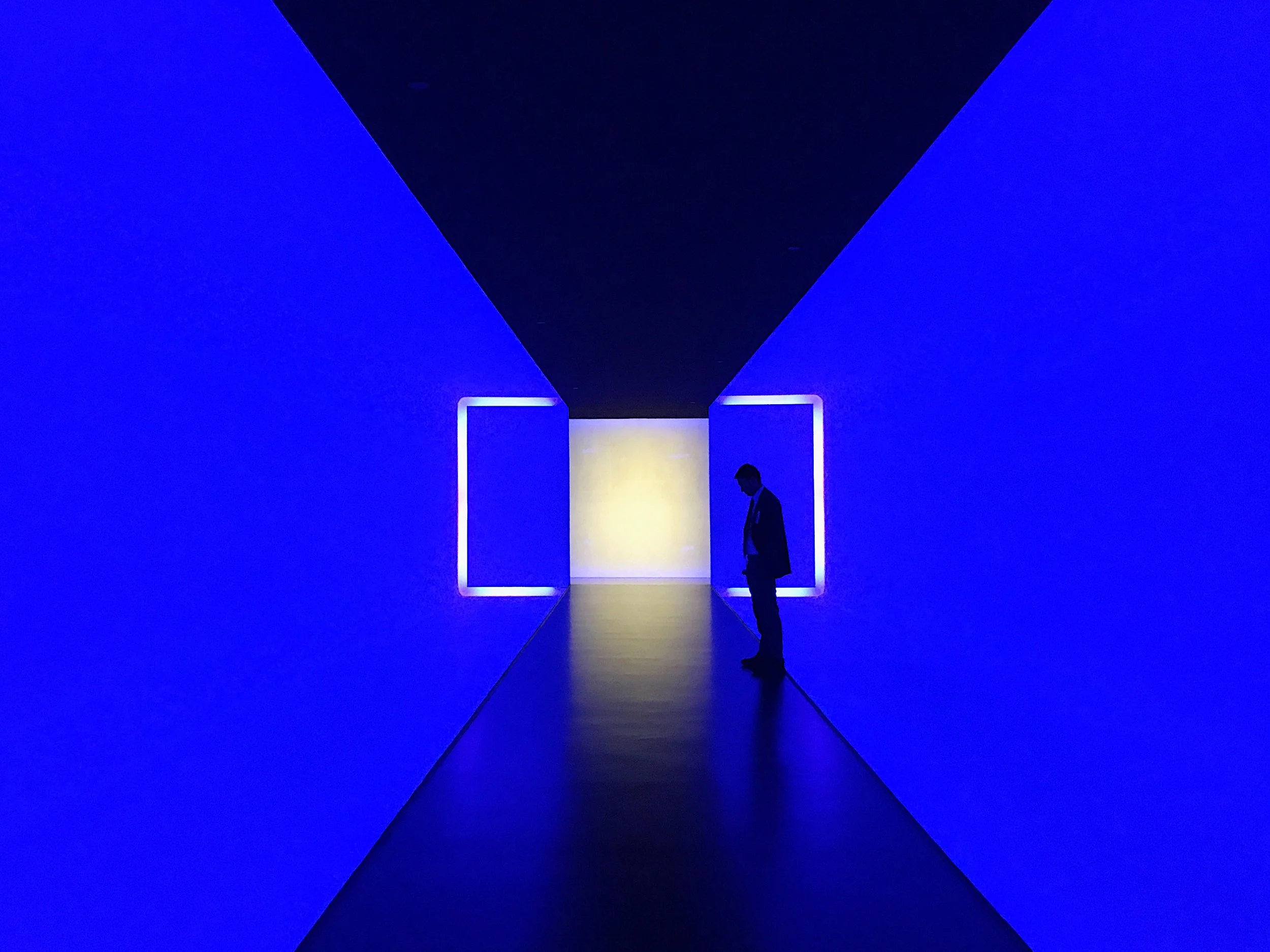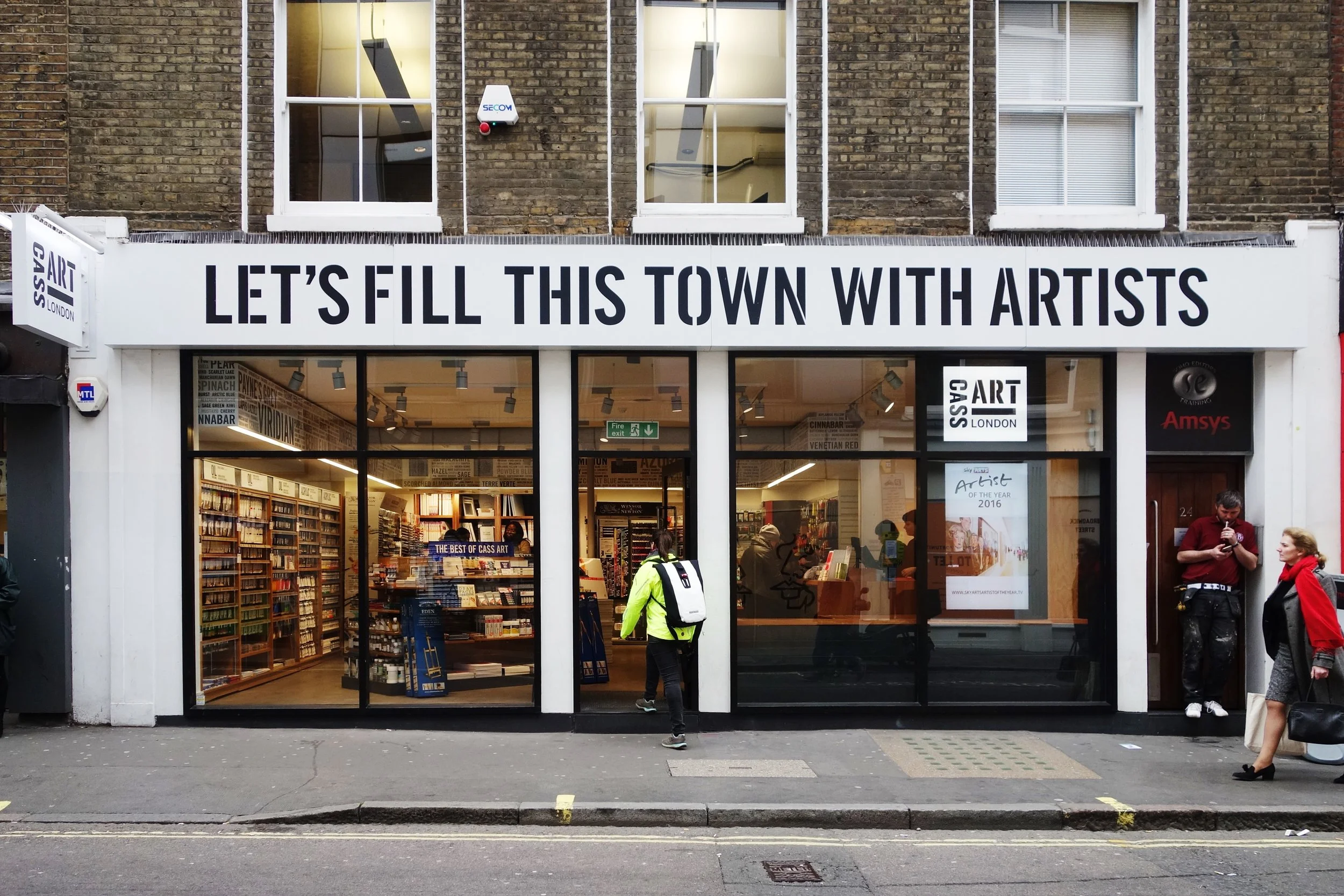Huashan 1914. Taipei, Taiwan. August 2017.
Huashan 1914 Creative Park is an artistic enclave in the heart of Taipei. This complex was restored and reopened as a multi-purpose creative space in 2005. The buildings were originally part of a large wine factory opened in 1914 to produce sake, ginseng wine, and breed moth orchids. After switching hands several times, the Taiwan Council for Cultural Affairs took control of the complex and started a complete reconstruction of it. The Creative Park is now home to traveling art exhibitions, painters, writers, wood carvers, theatre groups, directors, as well as an event space. When I visited, the park was hosting seperate exhibitions on Gaudi's architecture, Paul Smith's studio, and an exhibition of Nathan Sawaya's work, oh, and numerous photo shoots, of course.













